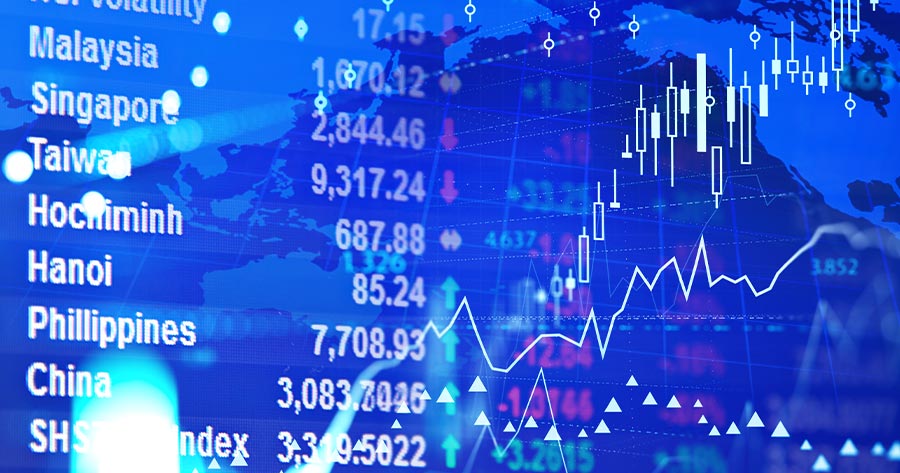On Wednesday morning (13 November, 9:16 AM, GMT+7, Bangkok time), indices in Asia Pacific decreased, mirroring Wall Street’s downturn due to the U.S. post election surge coming to a halt overnight.
Traders in Asia are reviewing Japan’s latest corporate goods data, revealing a significant year-on-year increase in producer prices in October, hitting 3.4%, marking the highest level since July 2023. This figure surpasses economists’ expectations of 3% as indicated by the Reuters poll and the September’s uptick of 2.8%.
Japan’s NIKKEI slumped by 1.16% to 38,918.84. South Korea’s KOSPI dropped by 1.24% to 2,451.67, and Australia’s ASX 200 fell by 1.1% to 8,165.
As for stocks in China, Shanghai’s SSEC slid by 0.07% to 3,419.54. Hong Kong’s HSI declined by 0.94% to 19,659.76, and Shenzhen’s SZI contracted by 0.46% to 11,262.91.
Meanwhile, the US stock markets edged down on Tuesday as the Dow Jones Industrial Average (DJIA) decreased by 0.86% to 43,910.98. NASDAQ dipped by 0.09% to 19,281.4, and S&P 500 lost 0.29% to 5,983.99. VIX diminished by 1.74% to 14.71.
As for commodities, oil prices settled slightly higher on Tuesday as investors processed OPEC’s recent decrease in demand growth projections, the appreciation of the U.S. dollar, and frustration regarding China’s most recent stimulus package. Brent futures increased 6 cents or 0.08% to $71.89 a barrel, and the West Texas Intermediate (WTI) gained 8 cents or 0.11% to $68.04 per barrel.
This morning, Brent futures rose 13 cents or 0.18% to $72.02 a barrel, and the WTI grew 13 cents or 0.19% to $68.25 per barrel.
Meanwhile, gold futures surged 0.23% to $2,612.2 per Troy ounce.


